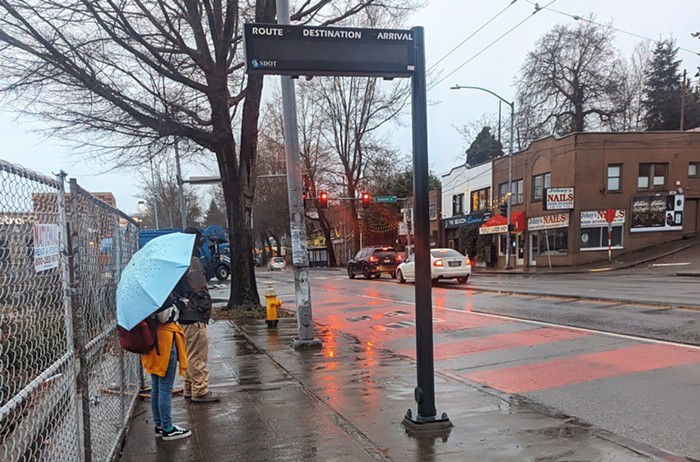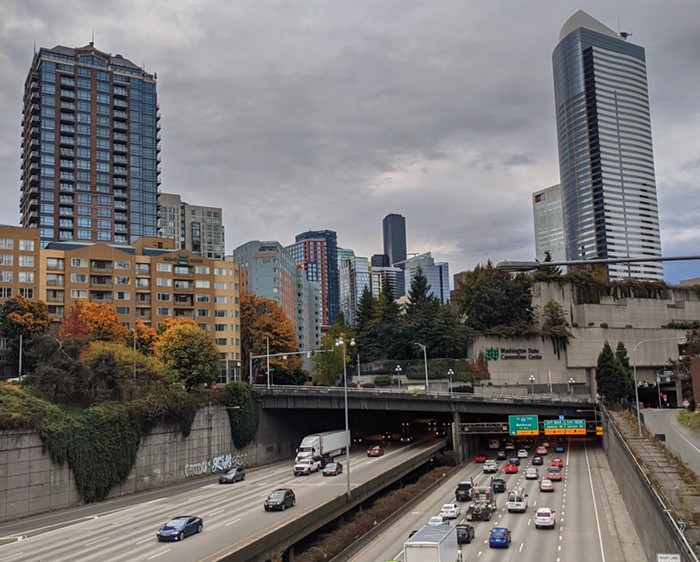
The Incident:
Last night, a police officer spotted a fast car on Aurora Avenue North and began following it. The officer then switched on the emergency lights and a car chase ensued. Eventually, the pursued fast car (running at a 100 mph) crossed a red light and "T-boned a black Lincoln." The impact was so powerful it sent the Lincoln into another car, a blue Prius. At the end, 5 people were injured. For more details, read the story on Seattle PI.
The Perspective:
Of course the incident brings up the old debate about high-speed police chases. Should we ban them? They often seem not to be worth all the trouble. And according to Priceonomics Data Studio, police chases are responsible for about 332 deaths a year. This sounds like a reasonable argument to make, a reasonable policy to consider. But the problem is this: There are times when an officer must chase a car. The person they are pursuing might be very dangerous, might have a gun, might have already killed someone and could kill again. For example, the recent police chase that happened in West Seattle, involved, according to the police, an armed suspect. Though the chase ended with a tremendous crash that killed two people (a 16-year-old boy, the suspect, and a cosmically unlucky young man and his dog), were the police supposed to let this armed suspect just go? Surely, he needed to be stopped.
The Cultural Critique:
So, what is the solution? I'm not sure what it is, but what I can ask is: Why are standard civilian automobiles able to travel at a 100 mph? What is the reason for this capability? What function does it serve exactly? Why is there this surplus on the speedometers of cars? Why not manufacture cars that go no faster than, say, 70 miles an hour (or the 55 mph of the Jimmy Carter days)? It seems again nothing but the power of car ideology—which is supported and reinforced by the social engineering of car advertisements that show vehicle after vehicle on empty roads and traveling at high speeds—that permits car companies to produce automobiles with surplus speeds we do not really need, speeds that, as a whole, do more social harm than good.
Theory:
The real fear behind slowing down common/civilian cars is it will result in slower or weaker sales of such cars. This is why the 20 is plenty movement (the effort to reduce inner-city speed limits to a universal 20 mph) is a direct challenge to the nature or kind of dominance that cars have in our society. Slowness, which is safer for all, deprives this kind of machine of the mythology of endless independence. Any restriction imposed on this mythology humanizes these machines. And this humanization, as opposed to individualization, is seen as not good for sales. The car must be identified with a contentless form of personal freedom—the novelty without substance, the new that is never new. This myth of personal freedom is the best sales pitch cars have.



















